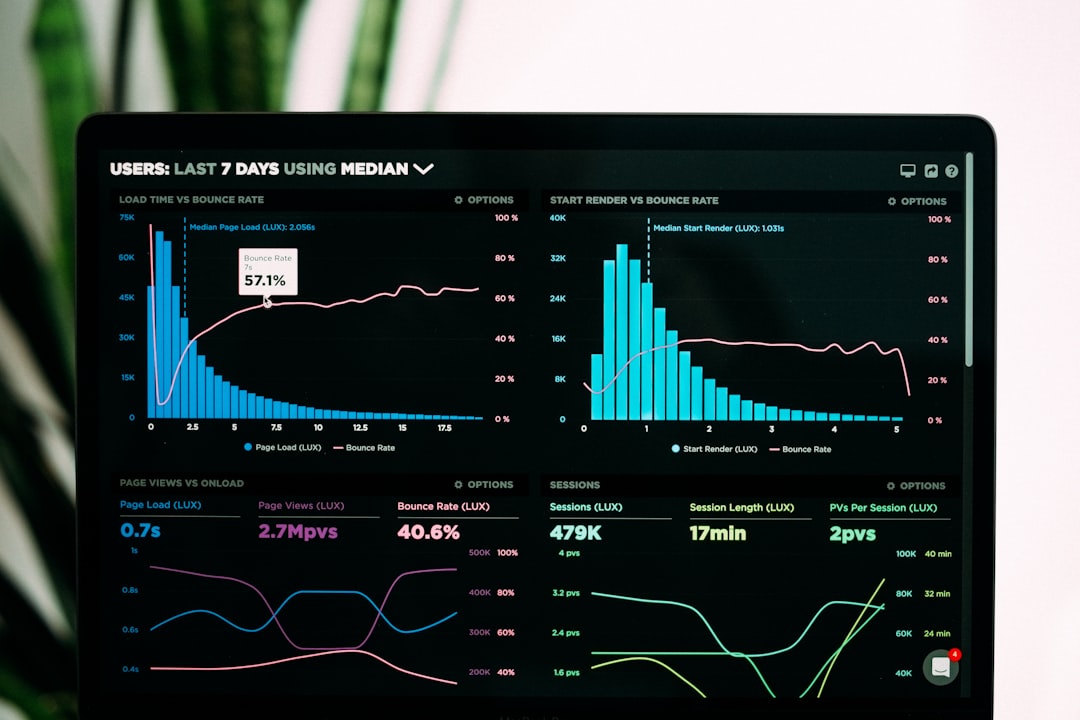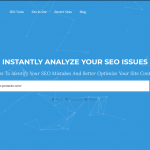Understanding the impact of brand marketing efforts can be a complex challenge, especially when it comes to measuring how much those efforts have contributed to increased online interest. One key performance indicator that marketers frequently monitor is brand search uplift. This metric provides valuable insights into how campaigns influence the volume of people actively searching for a specific brand name through search engines, thus indicating increased brand awareness and interest.
Table of Contents
What is Brand Search Uplift?
Brand search uplift refers to the increase in the volume of search queries that specifically include a brand’s name or closely associated terms, observed over a specific period of time. This uplift is often the result of marketing activities such as television advertising, digital ad campaigns, influencer collaborations, or public relations initiatives that encourage users to seek more information about the brand online.
Unlike direct conversion metrics or sales figures, brand search uplift reflects changes in consumer behavior upstream—before users even land on a website or interact with a product. By measuring this movement, marketers can indirectly assess the awareness impact and overall reach of branding campaigns.

Why Measuring Brand Search Uplift Matters
Tracking brand search uplift offers multiple benefits to businesses and marketing teams:
- Measures effect of media spend: Brand-related search behavior often correlates with the reach and effectiveness of ad spend, especially across mass media.
- Enables ROI tracking: By connecting the dots between awareness and eventual conversions, it helps define the return on brand-building investments.
- Guides campaign optimization: Monitoring how specific messages or channels contribute to uplift allows marketing teams to refine content and placement strategies.
Methods to Measure Brand Search Uplift
There are several reliable ways to measure the change in branded search interest. A well-designed measurement plan should use a combination of these for comprehensive insights.
1. Google Trends Analysis
Google Trends is a free and powerful tool that allows marketers to view the relative search interest over time for specific keywords, including brand names. Here’s how to use it:
- Enter your brand name into Google Trends
- Select the appropriate location and time range
- Compare against competitor brand search trends or industry terms
- Track peaks during or after marketing campaigns
This method doesn’t provide raw numbers but is useful for comparing shifts in attention or benchmarking against peer brands.
2. Google Search Console (GSC) Data
For more detailed query data, Google Search Console offers visibility into actual searches that brought users to a site. Use these steps:
- Filter for queries containing the brand name
- Compare search impression and click-through volumes before, during, and after a marketing push
- Use rolling averages over time to smooth variances
Pairing this data with campaign timelines can help confirm a correlation between efforts and increased interest.
3. Paid Search Brand Campaign ROI
Advertisers running Google Ads or other PPC campaigns on branded search terms can observe spikes in impressions and click data during active campaign periods. Measures include:
- Increased search impressions on brand keywords
- Declining cost-per-click if organic search volume rises
- Click volume increase post-awareness campaigns
This data is especially useful when segmentation allows comparisons between new and returning searchers.
4. Third-Party Analytics Tools
Tools such as SEMrush, Ahrefs, or Similarweb provide brand keyword trend forecasts and competitive insights. These platforms often track keyword rankings, search volume, and even share of search relative to competitors.

5. A/B Testing with Media Activation
If budgets allow, conducting split-region or geo-targeted A/B tests can provide clear uplift signals. Run a campaign in one geography but not another, then compare the change in branded search volume across regions. This method can produce statistically significant insights about localized brand impact from campaigns.
How to Isolate Brand Search Uplift from Other Factors
One of the challenges in tracking brand search uplift is isolating it from other unrelated factors. Search behavior may be influenced by seasonality, external events, or other marketing campaigns. Here are some best practices to isolate true uplift:
- Benchmark against control regions or timeframes with no campaign activity
- Monitor overlapping campaigns to account for layered effects
- Adjust for seasonal and industry-wide trends to identify real anomalies
- Use advanced attribution models to assign likelihood of uplift to specific media channels
Best Timeframes to Compare
Choosing the right timeframe for evaluation is crucial. A too-short period won’t capture full results, while a too-long window might dilute the data. Consider these standard comparison frameworks:
- Pre-campaign vs. campaign duration: Measure search interest in the 2–4 weeks before the campaign start date.
- Year-over-year comparisons: Especially important for seasonal products or recurring events.
- Real-time monitoring: Useful for events like product launches or promotions.
Interpreting the Results
Once data is collected, interpreting the uplift involves more than just noting an increase. Consider these KPIs when assessing results:
- Percentage Increase: Quantifies the scale of uplift
- Duration of Peak: How long did the increase last?
- Conversion Correlation: Did website visits or purchases rise with search interest?
This insight not only helps gauge success but also informs future planning and resource allocation.
Conclusion
Brand search uplift is a vital yet often underutilized branding KPI that bridges awareness-building efforts and digital traction. By leveraging the right tools and frameworks, marketers can better understand how their campaigns impact consumer behavior, track return on investment, and optimize future strategies effectively. Whether using free tools like Google Trends or setting up controlled geo-based A/B tests, the key is to isolate variables and continuously build a feedback loop between media activity and observed user search intent.
FAQs
- Q: What qualifies as a brand search?
A: A brand search typically includes the name of a company, product, or service that is unique to the business. For example, “Apple iPhone” or “Nike shoes” would both qualify. - Q: Can I use social media metrics to infer brand search uplift?
A: Social media engagement may indicate growing brand interest, but only search data provides direct evidence of user intent to explore more about the brand. - Q: How often should I measure brand search uplift?
A: Ideally, uplift should be monitored continuously and then analyzed in more detail around specific dates tied to campaign activity, launches, or media investments. - Q: What’s the difference between branded and non-branded search?
A: Branded search includes the company or product name, while non-branded queries are more generic, like “running shoes” or “smartphone reviews.” Uplift relates only to branded queries. - Q: Do I need paid tools to measure search uplift?
A: Not necessarily. Google Trends and Search Console offer valuable insights, but paid tools can enhance accuracy and provide additional context like competitive analysis.




